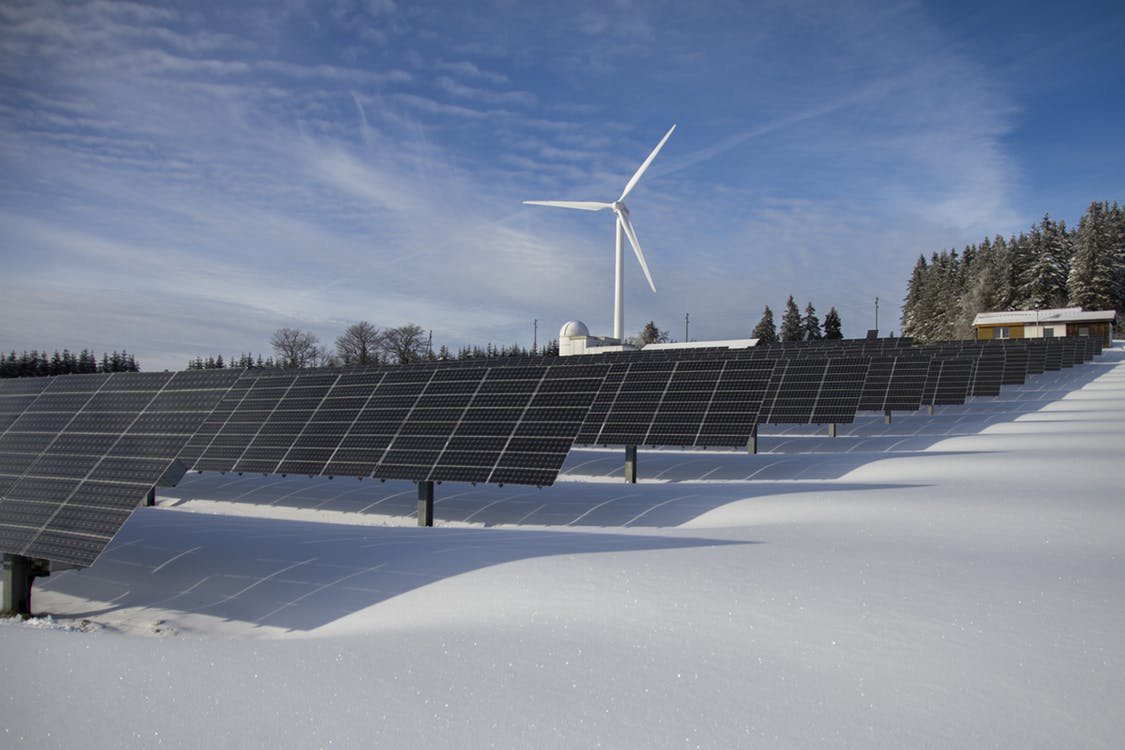According to a recent report, Bitcoin mining could account for as much as 0.5 percent of global electricity demand by the end of 2018. “Mining” is the process by which a global network of computers verify Bitcoin transactions, and running all of those computers uses a lot of energy. As electricity demand for mining Bitcoin and other cryptocurrencies grows, there are concerns that cryptocurrency’s energy consumption will undo the progress society has made in reducing greenhouse gas emissions.

If operated differently, however, crypto-mining could allow for more renewable energy sources like wind and solar to be integrated into our electricity systems. By running off electricity that would otherwise be curtailed because of low demand, crypto-mining could allow more clean energy to be profitably built on the grid.
Favorable policies and rapidly decreasing costs have resulted in more wind and solar being built than any other electricity source in recent years. Despite these gains, the fundamental challenge for variable renewables to replace conventional generation technologies is their intermittency — they only run when the wind is blowing or the sun is shining.
Dealing with intermittency often involves building excess capacity. If you build enough wind turbines, they can still generate a lot of electricity even when the wind isn’t blowing very hard. The downside of excess capacity is that generation has to be curtailed, or “turned-down,” when the wind is blowing full speed and generation exceeds demand. As more turbines are built and the rate of curtailment increases, the economic value of each new wind turbine is less than the one before, making it tough for developers to keep expanding.
Read more: TribTalk


